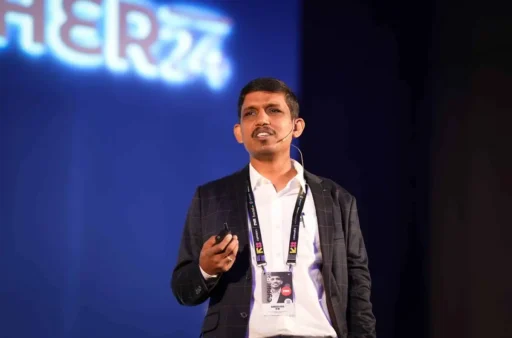A factory floor in Peenya buzzes—conveyor belts humming under hot sodium lights, workers darting between CNC machines while their supervisors peer at code running on battered laptops. For Nandini Rao, an electronics assembler whose family’s Bengaluru home sits two miles from Asia’s largest industrial estate, the promise of Karnataka manufacturing feels personal and precarious at once. State officials tout “unprecedented growth,” yet last winter her plant briefly shut down during a software system upgrade gone wrong, costing dozens their wages for weeks. Who really wins when industries claim high-tech revolutions? Do economic numbers on government dashboards translate to stability for families like Nandini’s—or just more glossy annual reports?
Let’s dissect karnataka manufacturing through stories that break past PR spin: real wage records, ground-level policy impacts, whispered worker doubts behind automation panels. We’ll look beneath the headlines about India’s “Silicon Valley” to ask uncomfortable questions about progress—and who picks up its tab.
Karnataka Manufacturing Drives Economic Transformation
- Diverse sectors: Think airplane parts for HAL welded three blocks away from biotech labs working overtime to fill vaccine orders—a proximity rarely seen elsewhere in India.
- Bengaluru’s brand: Globally known as “Silicon Valley of India,” but daily realities range far beyond code; embedded hardware production happens side-by-side with pharmaceuticals and automotive giants.
- Industrial clusters: Notably Peenya (where some units run 24/7), Bidadi (home to global carmakers), Dobaspet—all designed by government boards but policed mostly by overworked plant foremen rather than regulators.
The punchline? While politicians use phrases like “manufacturing renaissance,” gig economy pressures quietly seep onto factory floors—night shift bonuses get trimmed so algorithms can optimize cost per unit produced.
Here is how key sectors anchor karnataka manufacturing:
| Sector | Flagship Companies | Main Output | Workforce Dynamics |
|---|---|---|---|
| Aerospace | HAL, Bharat Electronics Ltd. | Aircraft components & defense systems | Highly skilled + contract engineers; periodic layoffs post-orders |
| Automobiles | Toyota Kirloskar Motor, Bosch India | Cars, engines & subsystems | Migrant labor + temp staff spike during festive demand cycles |
| Biotechnology/Pharma | Biocon Ltd., Syngene International | Biosimilars & vaccines | Salaried R&D teams vs. daily-wage plant workers split sharply by caste/class lines |
| Machine Tools/Electronics | L&T Technology Services, Wistron InfoComm |
CNC machines & PCB assemblies | Younger workforce drawn by upskilling schemes—but attrition rates high among women due to lack of childcare support |
| Textiles/Garments | N/A (cluster-based SMEs) | Knitwear exports | Piecemeal payment models dominate; unionization suppressed after 2020 lockdown strikes |
| Chemicals/Petrochemicals | Mangalore Refinery Petrochemicals Ltd.</td > < td >Polymers/fertilizers< / td > < td >Shift work hazards reported in NGO medical audits; state inspection frequency below national average< / td ></tr > </table >Despite being lauded at glitzy investor summits as “India’s next tech-industrial powerhouse,” everyday reality inside most factories looks less utopian. According to environmental inspection logs released last year under pressure from citizen groups, emissions spikes are still routinely underreported near older plants—even as new investments pour into shiny “smart factory” zones. Peel back the surface optimism around karnataka manufacturing and you see what Karen Hao calls a documentary spine: public records paint a much messier picture than press releases allow. It raises hard questions about whether “growth” is shared fairly—or mainly benefits those already close to political power or export gatekeepers. This is where our investigation continues—with voices like Nandini’s challenging us to redefine what progress really means for those building India’s industrial future one soldered circuit at a time. </div > Shifting Industrial Geography Reshapes Local Realities </h2 >Beyond macroeconomic tallies lies a map carved by lived experience—a mosaic shaped not only by investors but also by janitors clocking out past midnight because automated inventory trackers crashed again.
Karnataka boasts multiple thriving industrial areas planned years ago on blueprints promising prosperity for all ([source: Karnataka Industrial Areas Development Board website]). In practice? Actual benefits vary block by block:
|







